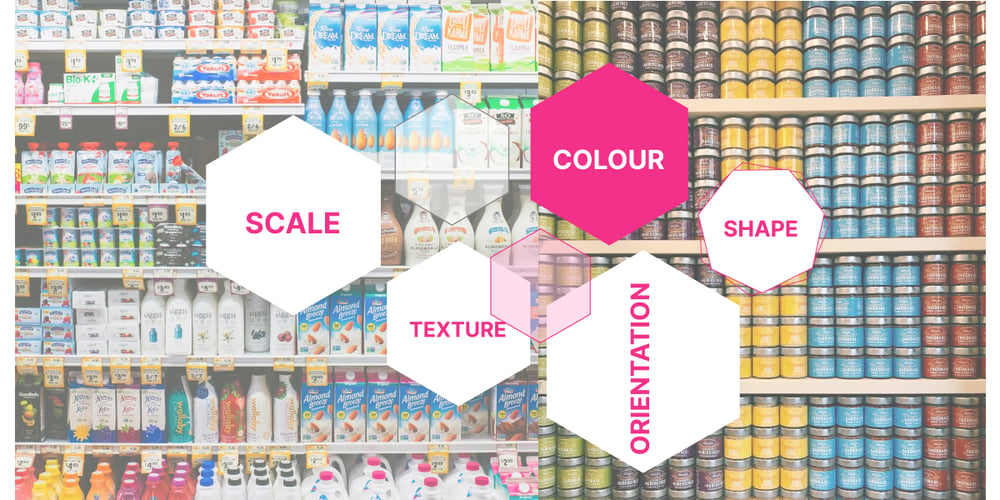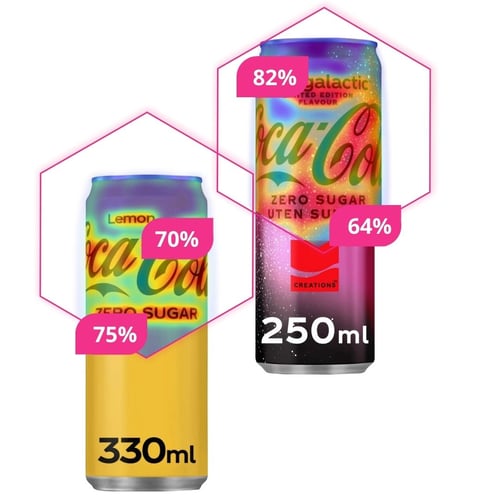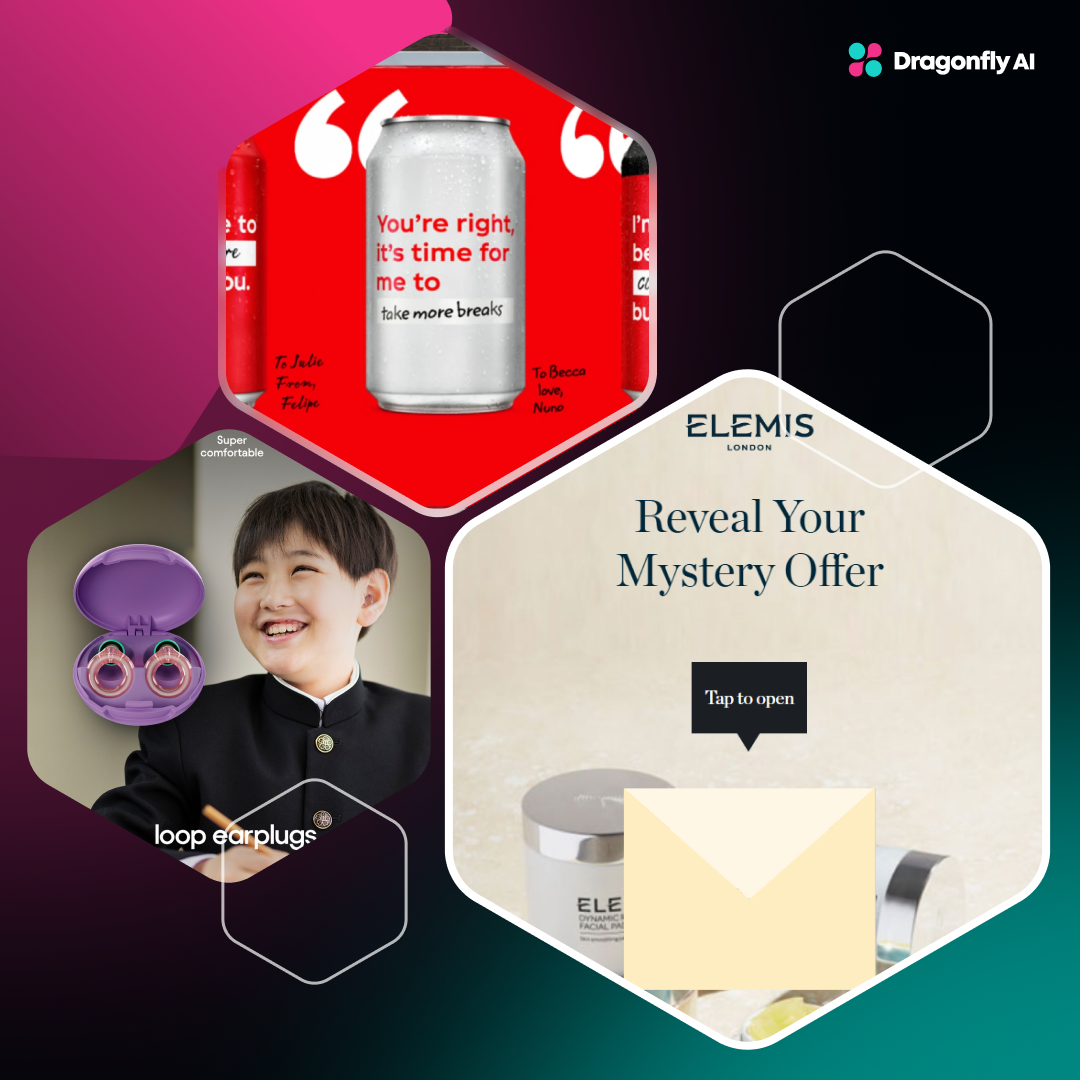The digital age has given brands the ability to sell to anyone, anywhere. This, coupled with the shift in buying behavior over the last few years, has meant that competition has become not only more saturated, but greater.
It's the consumer experiences, decision journeys, and how they choose to engage with brands that have forced the market to evolve.
We have seen a long-term shift to online eCommerce, a decrease in the number of times people shop, and priority shift to value-based purchases.
What does that mean for attention and awareness? Should it be part of brand strategy and to what extent? How do brands remain competitive and relevant for consumers?
Visual Attention and Visual Awareness
What is Visual Attention?
Visual attention is a fundamental aspect of human cognition; it's the ‘ability to prepare for, select, and maintain awareness of specific locations, objects, or attributes of the visual scene’ (Edgar A. Deyoe,2002).
When people are overwhelmed with information, this function directs the priority information to the higher-level center where visual working memory and pattern recognition happen.
Over the last few years, attention has gained popularity as a metric. Visual attention specifically has proven valuable as it can be measured effectively giving us a tool to quantify an array of customer experiences.
When we predict visual attention there are 5 visual cues that are taken into account;
- Orientation
- Color
- Texture
- Scale
- Shape
With this knowledge, you begin to see how brands can use visual attention to stand out at the consumer's first glance.

What is Visual Awareness?
Visual awareness is otherwise known as 'subjective visual experience' and it is one of the most researched specialisms within consciousness.
Traditionally, the understanding of visual awareness was that visual information is processed by the brain in a hierarchal way. Flowing from lower visual cortexes to higher ones in a fast feedforward sweep (FFS). This however only considers information moving in one direction without room for feedback. The levels of awareness are therefore limited given the one-way processing.
Following this hierarchal approach is the latest research surrounding feedback processing. These studies claim that feedback from the higher visual cortices is essential for comprehensive visual awareness.
Collective Attention in a Digital World
Cultural Theorist, Yves Citton believes that ‘attention is an interaction’ and, when it comes to assessing attention on a commercial level, it is.
Individual attention is strongly guided by the attention of others, hence the development of trends. The digital world injects a massive factor into the mix; the speed of spread. Human attention can collectively be captured as easily as it can forget.
Brands make money off people looking at information and, as the attention economy matures, so do attention strategies to grab that collective attention.
This ultimately removes depth. As their attention becomes more scattered across competitive environments, it is also becoming more uniform thanks to global digital reach.
Conscious and Unconscious Processing
Another important element when considering how we process information is consciousness. The conscious mind is aware, intentional, and responsive. In contrast, the unconscious mind is unaware and performs tasks without realizing it.
Whilst the conscious mind is more aware, it works more slowly than the unconscious mind. It is also less efficient and less able at processing information. Because of this, psychologists such as Dr. Robert Williams say that the unconscious mind is more intelligent than the conscious mind. Research shows that the unconscious mind absorbs millions of pieces of sensory information in singular seconds.
Looking at attention, we are specifically working within the unconscious realm. We are interested in where attention goes within the first few seconds before an interaction happens. It doesn’t involve emotion or logic, it’s unbiased perceptions of your brand.

Using Attention Metrics to Increase ROI
So, what does all of this mean for your brand in this competitive market?
Considering what to measure when it comes to your strategy leads you to the metrics, we all know and regularly rely on such as; conversions, retention, leads, cost per acquisition, ROI, clicks, and purchases to name but a few.
But one that is becoming an increasing priority for all brands is attention metrics. It has become so much more important for brands wading through the information overload their consumers are constantly devouring.
Predictive visual analytics help brands optimize visual content for attention.
If you are actively using attention metrics you will find that your team will be able to win a greater share of attention and direct that attention in a more effective way.
At the end of the day, if your team is empowered with predictive attention analytics your consumers will have a better experience. The combination of creative efficiency and data-infused design decisions will ultimately increase ROI.
.jpg?width=1200&height=600&name=22%20(5).jpg)
Integrating Awareness with Your Sales Cycle
Let's look at how to effectively integrate awareness with your brand’s sales cycle to help you create assets that are valuable and relevant. Not just noisy and over-cluttered.
Understanding your Market
Build your understanding of your competitors, what they are doing, and how you can go beyond this. Understand every stage of your customer journey by considering what helps them make decisions so that you are the best positioned to grab their attention.
Consider your Consumer's Awareness
There are 5 stages of awareness within marketing; unaware, problem aware, solution aware, product aware, and most aware. Your consumers make the decisions so understanding their awareness stage helps you create better assets within your sales cycle.
Put Data First
Having a tool like Dragonfly AI in your hands that will give you data validation supports your creative production process. This feeds into efficiency, quality, and accuracy.
Create a Feedback Loop
Awareness demands feedback. Looking at how awareness functions in today’s world require a circular process so that your knowledge of awareness fuels your process.
Be Competitive in a Busy Landscape
To be competitive in a chaotic landscape, your brand needs to establish attention as the valuable commodity that it is.
Understanding how the attention of your audience is influenced by your creative decisions can give you the insight your brand needs to build creative quality, increase ROI and make faster decisions that are validated by data.
Attention and awareness are separate ideas but they both play a crucial role in developing a competitive strategy in a market overwhelmed by information.




.jpg?width=1200&height=600&name=22%20(5).jpg)
